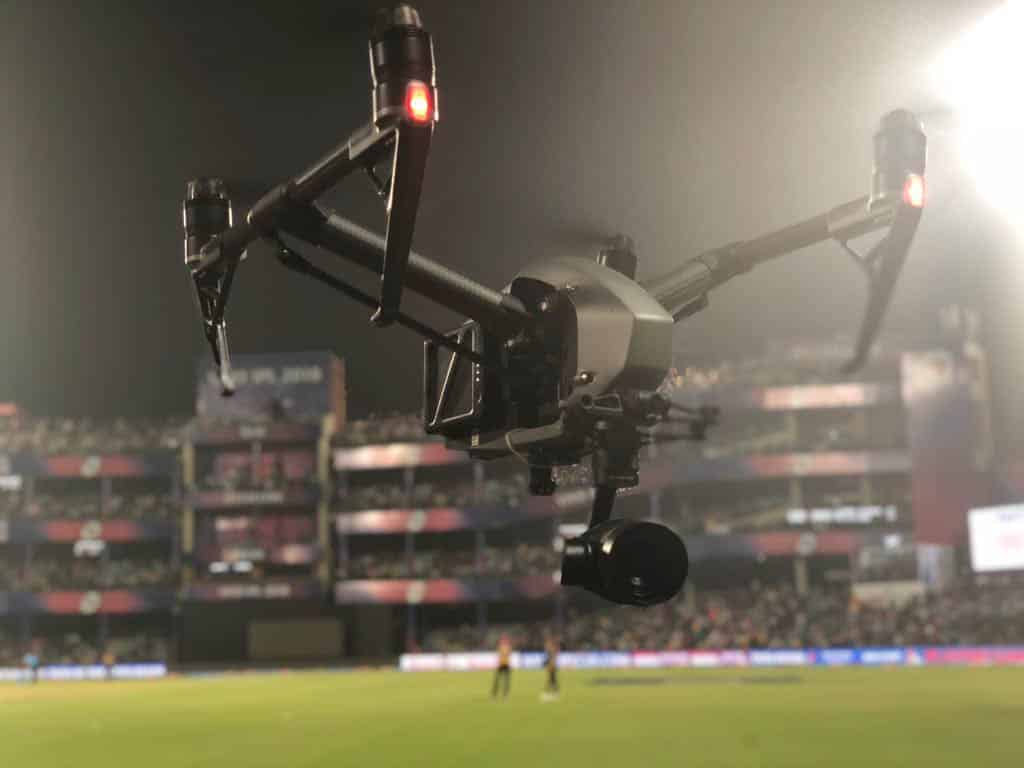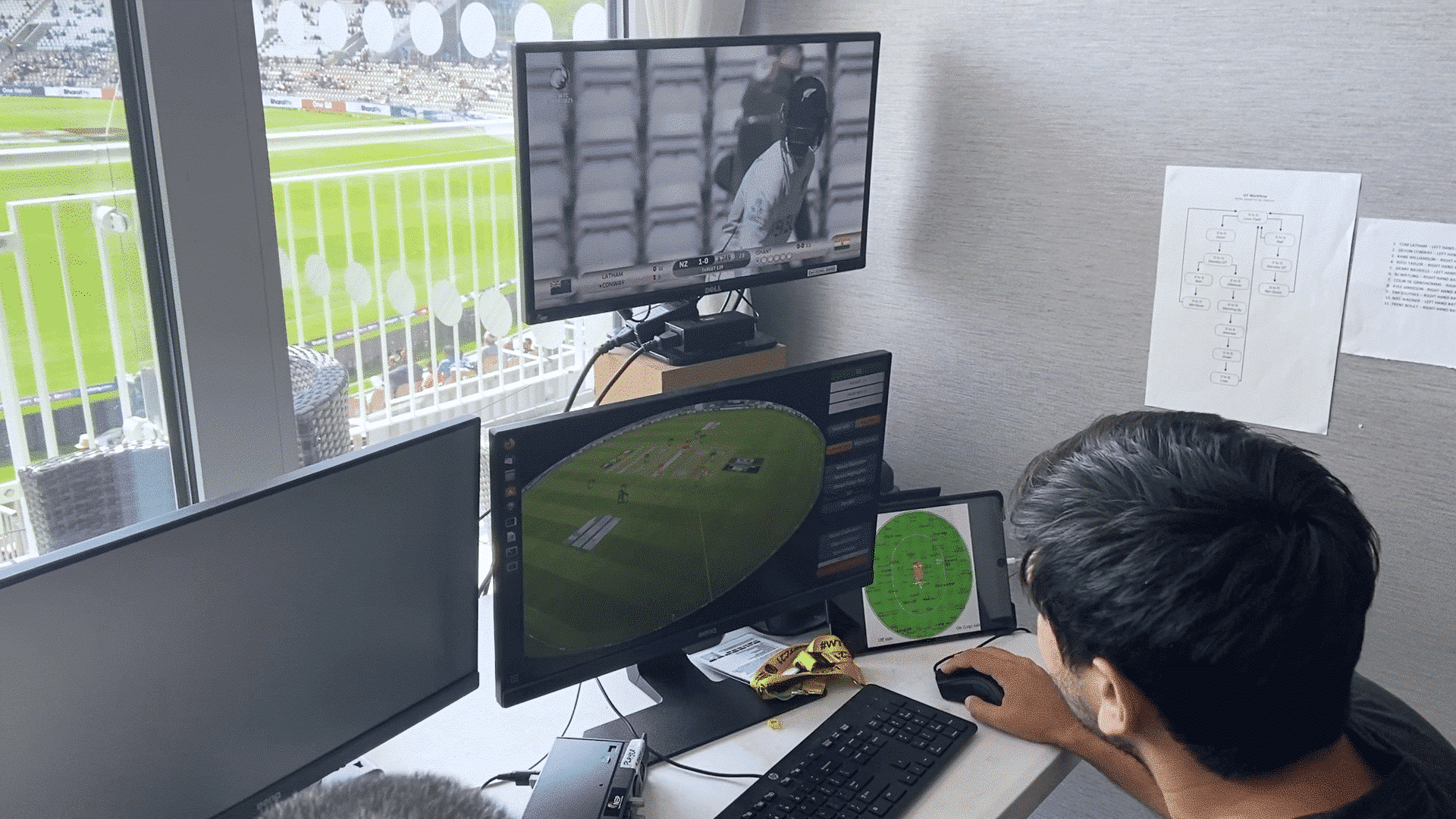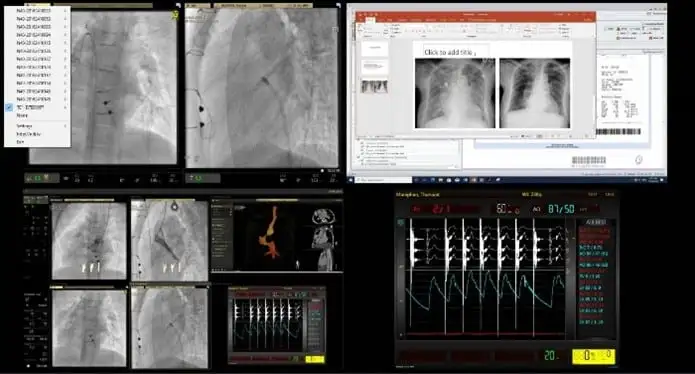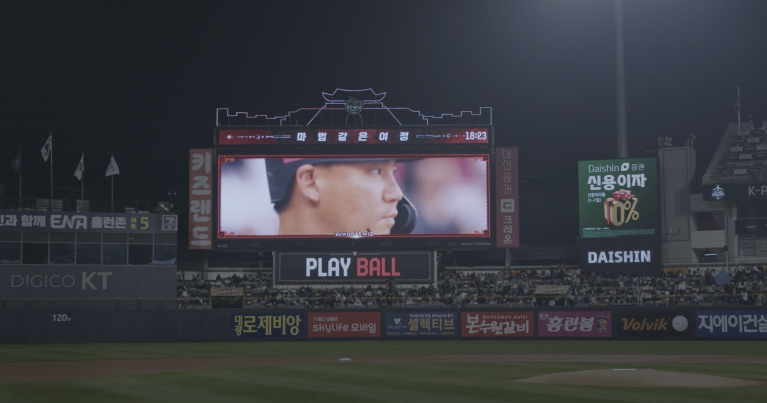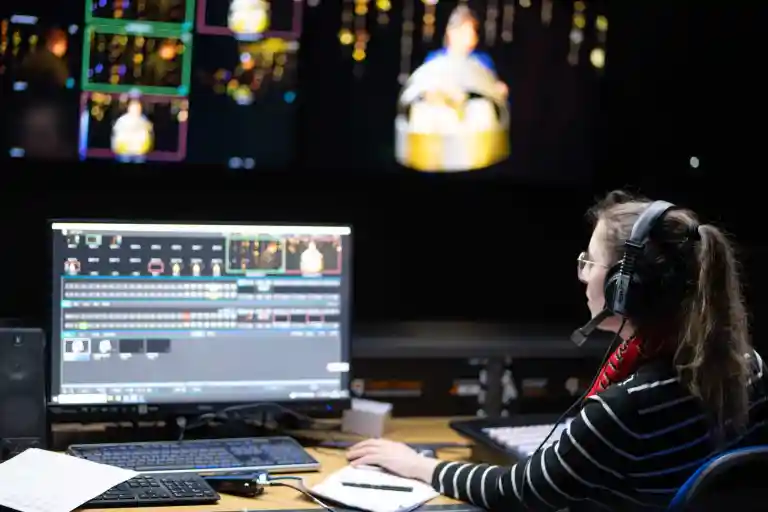Download the full case study
Working with Vizrt and the full array of real-time visual storytelling tools found within the Vizrt Extended Reality Suite, broadcast technology company Quidich Innovation Labs, located in Mumbai, India, is providing sports viewers with live player tracking and stunning augmented reality (AR) graphics that help them better understand the strategies of the game of Cricket.
The system is called Quidich Tracker (QT) and was used for the first time in June during live coverage of the ICC World Test Championship Final 2021 in Southampton, UK. It helped viewers track players on the field in real-time. The positions and movements of players were graphically represented inside a 3D digital twin of the stadium, that appeared on-screen as a graphic overlay.
QT leverages Quidich’s extensive arsenal of drones, a very strong computer vision team, combined with the Vizrt Extended Reality Suite’s real-time processing capabilities and template-based graphics tools. The product was developed with support from The Board of Control for Cricket in India (BCCI) and The International Cricket Council (ICC) to solve a gap in the storytelling of the game since no camera can show the entire field in one frame currently.
“There’s been a lot of bowler and batsman data that’s been available to viewers over the years, but this is the first-time fans have access to live player positional data, to really understand the complete strategy of the fielding team,” said Rahat Kulshreshtha, CEO and co-founder of Quidich. “Viewers can easily see highlights, names and stats of individual players, the distance between players, and a lot of other things that help them better understand the game of Cricket.”
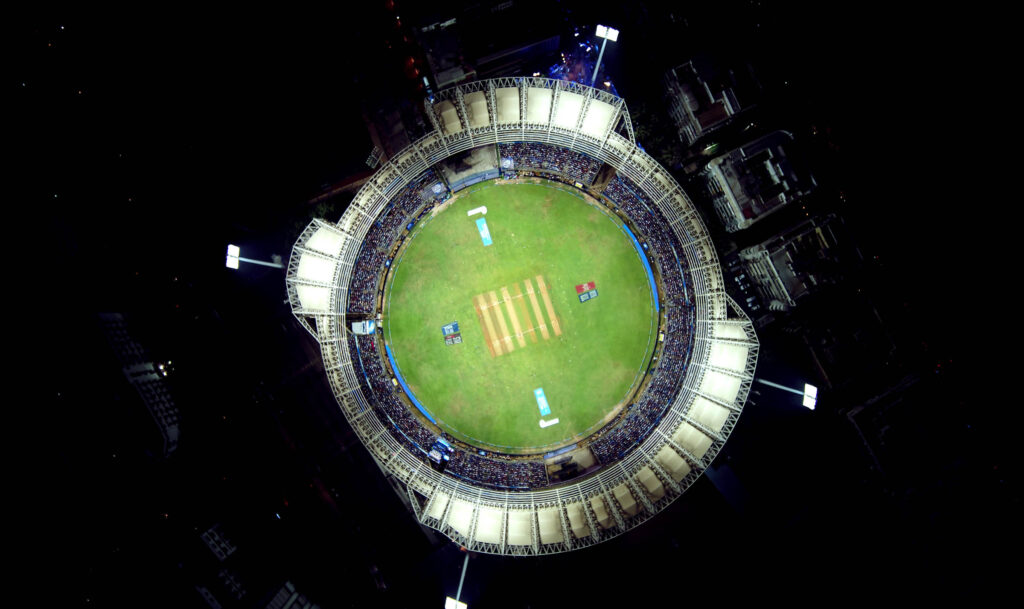
The technology also performs gap analysis by calculating the real-world distance between two players in real-time. This helps the viewer understand the areas the batsman would be looking to score and the line and length the bowler would have to maintain to bowl effectively.
Kulshreshtha said that finding production staff who were already comfortable with Vizrt integrations using data and plugins was easy because there is a thriving ecosystem of trained and experienced Vizrt designers in India. He also stated that an extremely high frequency of data is captured to make the QT system work, and they found the integration with Vizrt over UDP (the User Datagram Protocol) to be both seamless and reliable.
This smooth interoperability was “a great enabler while going to market with our solution,” he said, adding that the Vizrt India team provided his staff with a development license during the initial R&D phase of the product to get the ball rolling.
“This not only makes the game much more interesting from an analytical standpoint,” said Kulshreshtha, “but it also provides a perspective and visualization of the game, which was never available before, enabling the gamification of live television.”
By all accounts, the technology supported by Vizrt’s Extended Reality Suite was a resounding success at the ICC World Test Championship Final 2021 and going forward, Quidich hopes to bring this same level of excitement to other live sports across the globe, such as football and rugby.
“It was a proud moment to bring a new technology to live sport and see it get adopted so quickly,” said Kulshreshtha. “To see the directors, producers, commentators and then social media influencers talk about it and utilize the tool so effectively has given us the fuel to build a product pipeline with features that will transform the viewers experience forever.”
